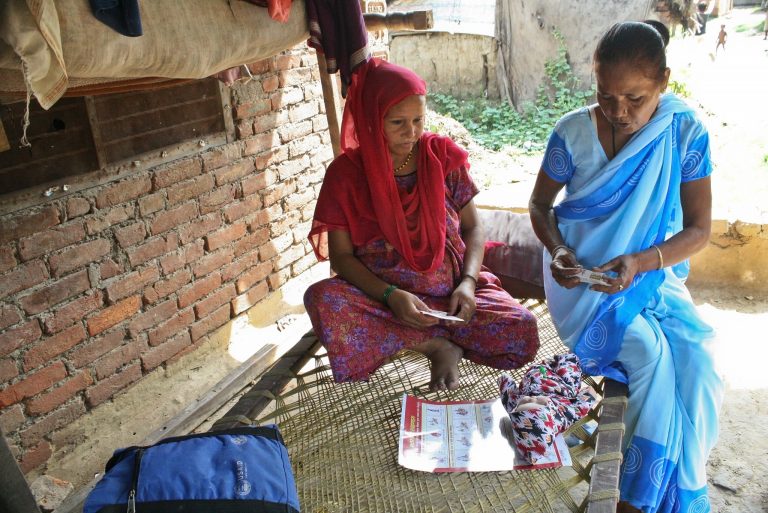One of the things that I love most about my job developing and introducing health technologies to address the health of women and children at PATH is the opportunity to work with people who are dedicated, smart, enthusiastic, and vibrant. The global health field seems to attract these kinds of optimistic, independent thinkers. Figuring out the best way to bring the talent, skills, and knowledge of all these amazing people together can sometimes be challenging. For the last ten years, the Chlorhexidine Working Group has done just that!
The Chlorhexidine Working Group is an international collaboration of organizations committed to advancing the use chlorhexidine digluconate for umbilical cord care through advocacy and technical assistance. In our recently published article, “Effective Collaboration for Scaling Up Health Technologies: A Case Study of the Chlorhexidine for Umbilical Cord Care Experience,” we investigate what has contributed to ensure smooth and effective collaboration among a committed group of donors, manufacturers, technical support agencies, and researchers.
In our case study, we look at the role and function of the Chlorhexidine Working Group in terms of six domains that have been found important by Brown et al (2012) in other program experiences (1, see reference below) to building and maintaining effective collaboration:
- leadership,
- interpersonal relationships,
- task focus,
- participant benefits and costs,
- sustainability planning, and
- community support.
How do each of these areas relate to collaboration? Leadership is vital to creating a collective force that can achieve common goals. Interpersonal relationships promote trust and commitment and are the pathways that allow effective collaboration to occur. Task focus is important because it maintains attention to key issues at hand and minimizes peripheral efforts. Perceived costs and benefits of participation in a collaborative effort is often related to level of participant involvement. Sustainability planning is characterized both in terms of planning for financial viability over the life of the collaborative effort and the establishment of independently sustainable programs. Strong relations within a community of practice can support program implementation and avoid resistance to collaborative goals.

Based on our study, we found that collaboration effectiveness in the Chlorhexidine Working Group can be attributed to: (1) leadership that maintained a careful balance between discipline and flexibility, (2) a strong secretariat structure that supported the evolution of trust and transparent communication in interpersonal relationships, (3) shared goals that allowed for task focus, (4) diverse membership and active involvement from country-level participants, which created a positive benefit-cost ratio for participants, (5) sufficient resources to support the partnership and build sustainable capacity for members to accelerate the transfer of knowledge, and (6) support from the global health community across multiple organizations.
It’s been over ten years since our colleagues at USAID first convened a diverse group of global health stakeholders to discuss how best to introduce and scale this new intervention through an accelerated research-to-use process. We feel that we rose to this challenge by figuring out the best way to work together to effectively address a global health concern. The 27 countries that are currently advancing the use of chlorhexidine for umbilical cord can attest to that!
But the job is not finished. There is a continuing need for close coordination and collaboration among partners to achieve and sustain the maximum benefit from this intervention in countries that have already adopted chlorhexidine for cord care and in other countries that are interested in doing so. Likewise, we envision that working together effectively in large collaborative efforts will continue to be a modus operandi of global health work. Hopefully, our learnings about how to collaborate effectively can be used to introduce and strengthen other maternal-newborn interventions as well.
(1)Brown LD, Feinberg ME, Greenberg MT. Measuring coalition functioning: refining constructs through factor analysis. Health Educ Behav. 2012;39(4):486–497. doi:10.1177/1090198111419655. pmid:22193112

